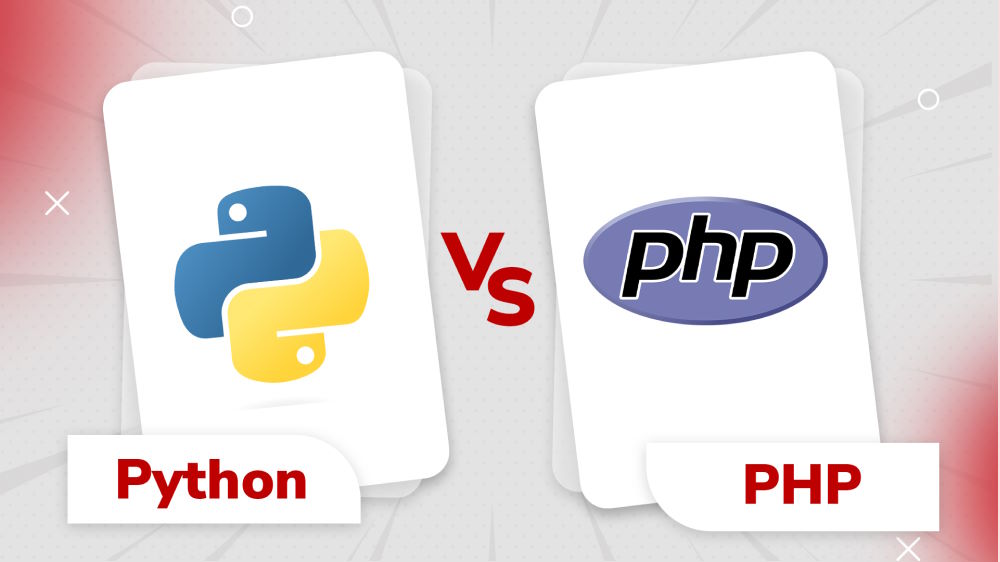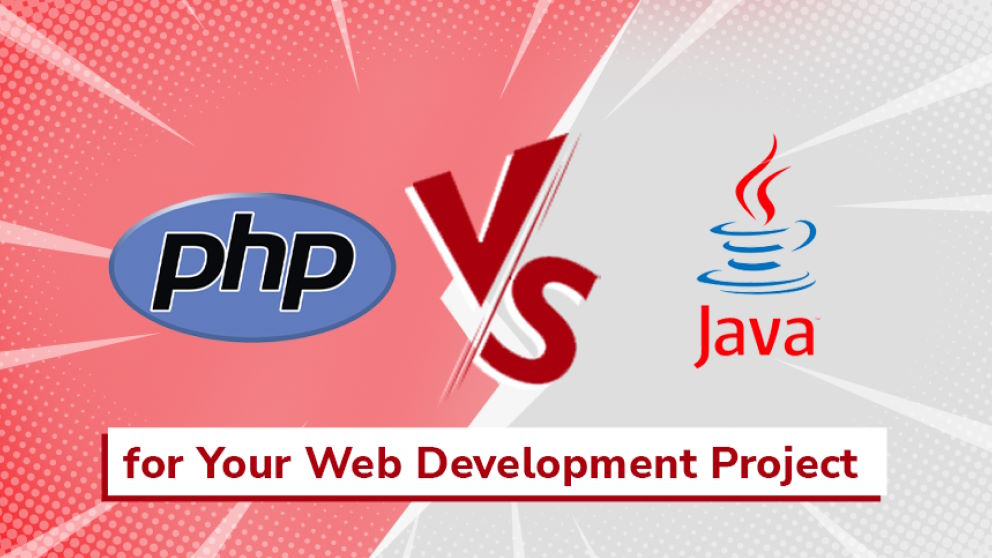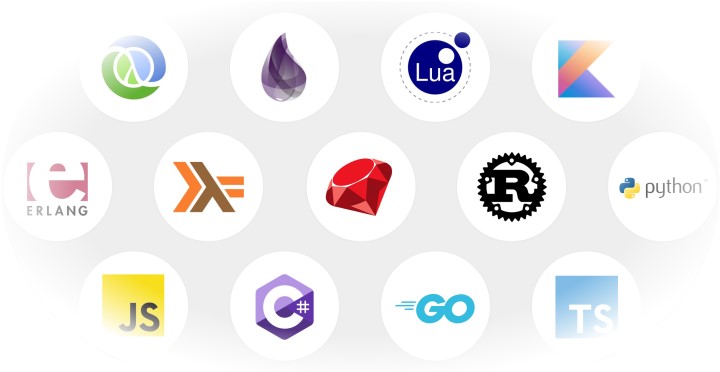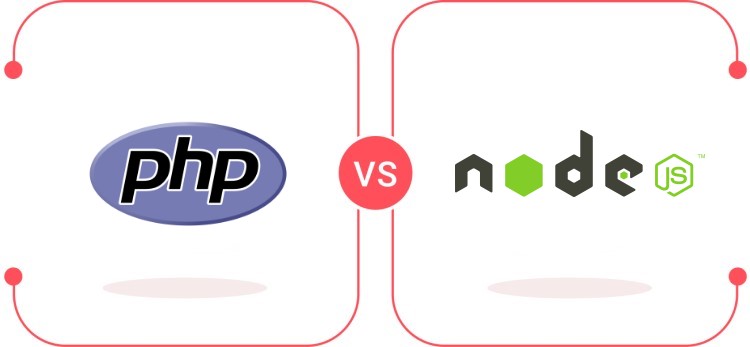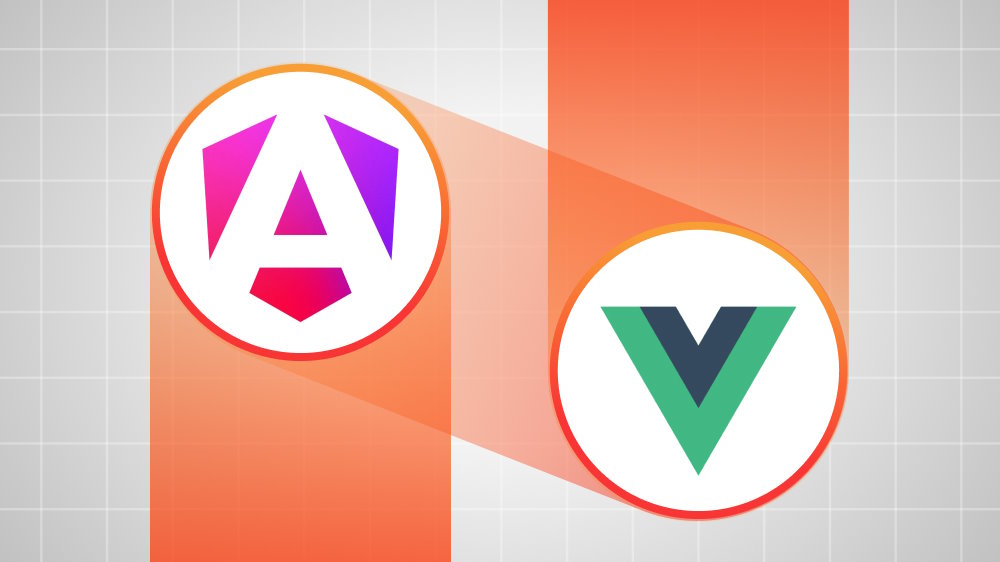PHP Framework Showdown: Laravel Vs. Codeigniter
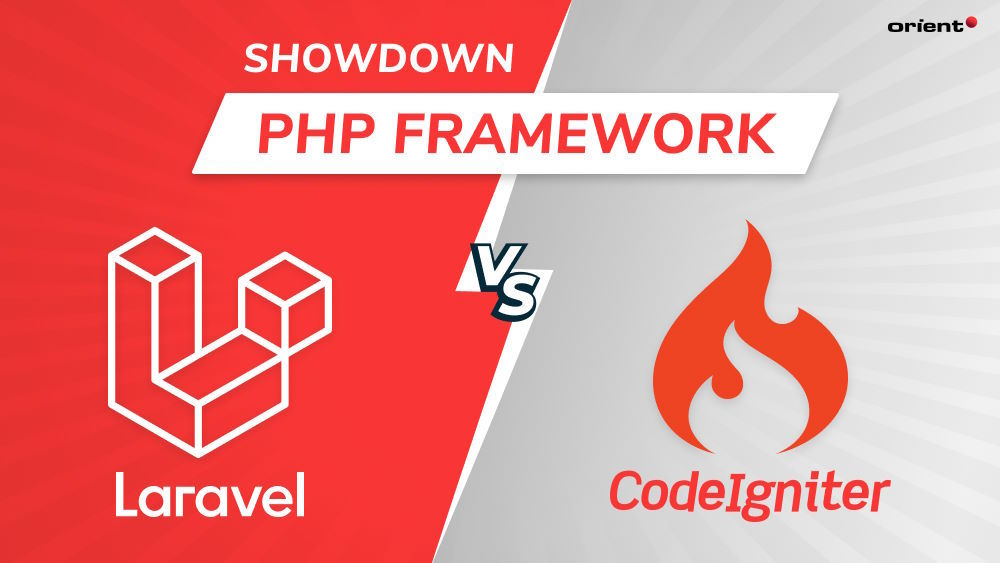
Content Map
More chaptersPHP frameworks are a great way to speed up web development. They make it easier to reuse code, import third-party libraries, modules, and databases, and update websites after launch. The downside? There are so many to choose from.
Type in the phrase “best php frameworks” into a search engine. You will most likely be greeted with dozens of articles comparing up to 10 or more PHP frameworks. But you don’t have time for that, right?
So, for the sake of simplicity, we are going to discuss the two most popular PHP frameworks today: Laravel and Codeigniter.
What Is a PHP Framework?
A PHP framework is a collection of features and services that support PHP languages. It is designed to make it easier and faster to develop, launch, and maintain web applications. Although PHP is a general-purpose scripting language, it is mostly used for web development, particularly in building dynamic websites and web applications.
PHP frameworks have built-in features that cover different aspects of web development, from maintaining security and improving performance to importing third-party libraries and more. Using a PHP framework eliminates the need to manually code these features in, as they are already ready to go.
So, how do Laravel and Codeigniter compare? Let’s find out.
What Is Laravel?
Laravel is a free, open-source PHP framework. It was created by Taylor Otwell and released in June 2011. Laravel was originally released as a competitor to Codeignitor, which lacked built-in authentication and authorization features at the time.
Larvel also uses the Model View Controller (MVC) architecture pattern. This allows developers to split up the Model (business logic), View (user interface (UI) logic), and Controller (the “brain” that links the Model and View together) into three separate components. This makes it easier to work on individual components of a web application and then maintain those components post-launch.
Key Features of Laravel

The Laravel framework has several features to help you build beautiful and functional web applications. Here are some of the most important features that set Laravel apart.
Blade Template Engine
A proprietary template engine that lets you create and manage templates for web applications. Lightweight and easy to use, Blade lets you create custom layouts quickly and without scripting. Templates are also compiled in PHP, reducing rendering times.
Model View Controller (MVC) Framework
Allows you to separate the appearance and business logic of a web app into separate components. This makes it easier to maintain large projects, document changes, and develop software in parallel – where developers can work in unison.
Laravel Sanctum
A built-in authentication system that lets you implement login authentication without custom extensions. For example, you can implement a token-based system where verified users are issued a unique token that grants access to your application.
Artisan
A command-line interface that offers helpful commands as you build your web application. You can use Artisan to view the help screen, which describes the arguments and options associated with each command. This helps you better understand the context of each suggestion.
Read more: Hiring Dedicated Laravel Developers: A Comprehensive Guide
What Is Codeigniter?
Codeigniter is another free and open-source PHP framework. It was created by EllisLab and released on 28 February 2006. Codeigniter quickly gained popularity as a fast, lightweight, and reliable PHP framework.
Like the Laravel framework, Codeigniter also uses the MVC architecture pattern. However, MVC is optional in Codeignitor; only the Controller is required. For instance, you can work in an Object-Oriented Programming (OOP) architectural pattern if you wish.
The Codeigniter framework also includes several templates. This lets you put in placeholder UI elements, which you can update in the View module. UI/UX design services often employ this technique to get a rough idea of what the layout will look like before committing to the final design.
Key Features of Codeigniter

Just like Laravel, Codeigniter has several features to streamline the web app development process, but with a few new tricks. Let’s investigate these features in greater detail.
Flexible Architecture
Codeigniter uses the MVC pattern to organize files. But it’s not strict about it. You can also write web applications using the OOP pattern. This level of flexibility sets Codeigniter apart from Laravel. But it does mean you need to be proficient in both programming styles.
Database Abstraction Layer
Establishes a level of abstraction that lets you access data without worrying about how the data will interact with other components. This means you can have different interfaces interact with the same database schema.
Helpers and Libraries
Helpers are sets of functions that help you perform basic tasks without manual coding. Each helper is split up into categories, where each category features a collection of functions. There are helpers to help you create forms, URL links, text formatting routines, and much more.
Libraries are a type of class that lets you implement various functions into a web app quickly and easily. They can be loaded into the model or controller in an MVC pattern. They also contain no internal logic, which means they can be used in any framework as an independent entity.
Fast Migration
Codeigniter has a built-in system that lets you manage database schema changes and version controls. You can then apply these changes across multiple environments at once. Plus, you can easily revert unwanted changes back to a previous state.
Read more: Why Hiring PHP Programmers is a Smart Move for Your Business
What Are the Differences Between Codeigniter and Laravel?
Both Codeigniter and Laravel are powerful PHP frameworks that help you create beautiful and functional web applications. However, they have different approaches and use-case scenarios for web app development. Let’s take a closer look at what those differences are and what they mean for your web project.
Architectural Pattern
Laravel only supports the MVC architectural pattern, meaning you cannot adopt a different programming style in this framework.
On the other hand, the Codeigniter web framework lets you work in either the MVC or OOP architectural pattern. This makes Codeigniter a more versatile framework, as you can use it in a wider range of web application development projects.
Accessibility
Laravel is harder to learn than Codeigniter because it has more built-in features and capabilities.
For example, Laravel has the built-in Blade template engine and RESTful Controllers for developing REST APIs, whereas Codeigniter does not. This makes Codeigniter more accessible, as it has fewer built-in features. Of course, you can add additional plugins to increase its capabilities.
Authentication
Laravel has a built-in Authentication Class, which simplifies the process of creating authentication and authorization protocols. You can use it to set up permission management, passwords, login credentials, and user registration, to name a few.
Codeigniter 4 introduced the Shield authentication system, a built-in system for creating secure and strong web applications. It has features to set up personal access tokens, session-based authentication, passwords, and role-based access controls.
These days, both platforms offer similar built-in authentication systems, so they are more comparable than they once were.
Templates
Laravel has the Blade template engine, a proprietary engine that makes it easy to create user-friendly and practical UIs. With Blade, you can create all kinds of custom components, as well as manipulate and augment views to personalize the layout.
Codeigniter doesn’t have a built-in template engine. This means you cannot customize the layout from the get-go. However, you can integrate a third-party templating engine called Smarty into the framework. This, of course, requires more work to set up than Laravel’s built-in engine.
Which PHP Framework Is Right for You?
The right PHP framework for you depends on your business objectives and technical requirements.
Codeigniter is easy to pick up and use, making it ideal for creating Minimum Viable Products (MVPs) and other small-scale web apps. Meanwhile, Laravel has a steeper learning curve and more advanced built-in features, making it ideal for creating enterprise-grade web apps with various microservices.
Your choice of development team will also influence the type of PHP framework you use. Some developers are fluent in both PHP frameworks, while others specialize in just one. Hiring a multi-disciplined team may eliminate the need to choose at all.
Here’s a quick cheat sheet to help you decide between the two:
Consider Codeigniter if:
- You want to build a simple, scall-scale web app
- Customization and scalability are not a priority
- You have a limited scope and budget
Consider Laravel if:
- You want to build an advanced, enterprise-grade web app
- Customization and scalability are important to you
- You have a moderate-to-large scope and budget
Why Choose Orient Software for PHP Developer Services?
Orient Software has over 19 years of experience creating dynamic websites and web applications in Codeigniter and Laravel. This means you only need to partner with one team to satisfy all your PHP development services.
Our English-speaking development team takes the time to understand your business objectives and technical requirements. They then propose a custom solution that fits your needs, budget, and timeframe.
Outsourcing your PHP development also saves you the hassle of hiring and onboarding an in-house team. All payroll and HR functions are taken care of on our end. Simply share your vision, and we’ll bring your web app ideas to life.
For more information about Orient Software’s PHP development services, contact us.


